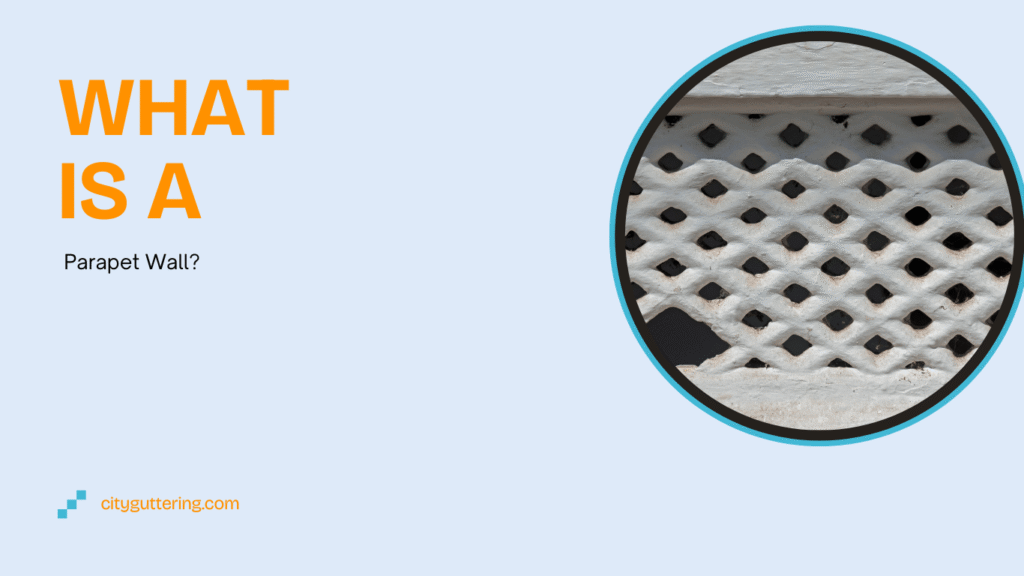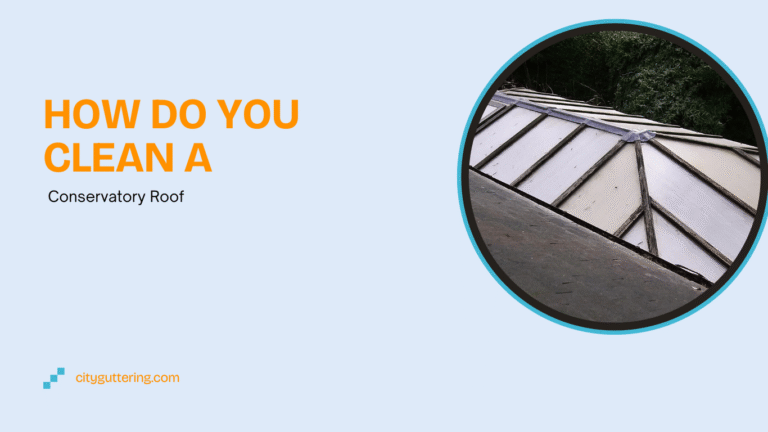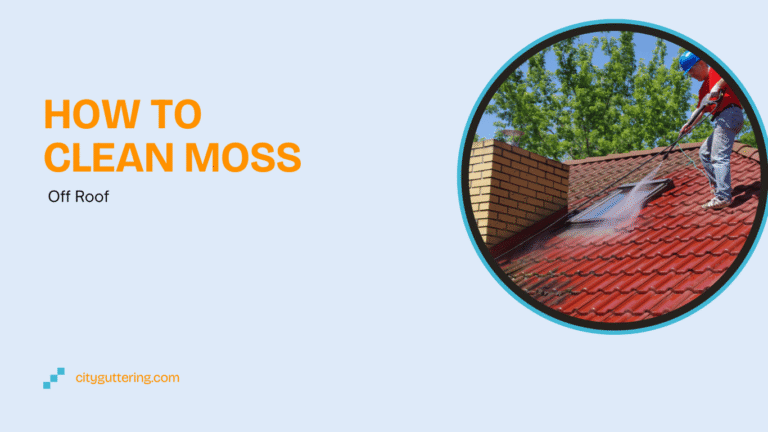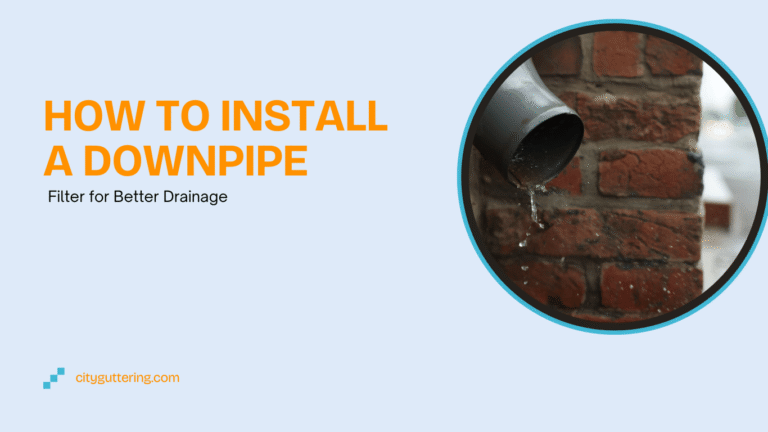When you look at the roofline of many houses and buildings across London and Surrey, you may notice a short wall extending above the roof’s edge. This feature is called a parapet wall, and while it often goes unnoticed, it plays a vital role in both design and safety.
From adding an architectural finish to providing protection against weather and fire, parapet walls are a key element in construction.
What is a Parapet Wall?
For homeowners, landlords, and commercial property managers, knowing what parapet walls are and how they affect guttering and drainage can prevent costly repairs. Let’s explore their history, functions, materials, and the importance of proper maintenance.
A parapet wall is a low wall built along the edge of a roof, balcony, terrace, or walkway. Traditionally, parapets were designed to protect people from falling and to shield buildings during battles. Today, their role is far more practical, helping with safety, weather protection, and aesthetics.
Parapet walls are particularly common in urban areas, where flat or low-sloping roofs are widely used. They provide a neat boundary around the roofline, hiding equipment like air conditioning units, and they often form part of the drainage system by directing rainwater toward gutters.
Types of Parapet Walls
Parapet walls are not all the same. Depending on the building’s design and purpose, you may come across different styles:
- Plain Parapet – Simple and functional, often found in residential properties.
- Perforated Parapet – Features decorative cut-outs, combining safety with style.
- Embattled Parapet – Castle-like with battlements, mostly seen in heritage or historic buildings.
- Panelled Parapet – Includes panels or mouldings for an architectural finish.
- Stepped or Sloped Parapet – Designed to direct rainwater more effectively into drainage outlets.
Each type of parapet wall serves the same basic purpose but differs in style and complexity, which can influence maintenance needs.
Functions of a Parapet Wall
Parapet walls are more than just decorative edges. They serve several important roles in construction:
- Safety Barrier – Prevents accidental falls from rooftops, terraces, or balconies.
- Weather Protection – Shields the roof from wind uplift and directs rain into gutters.
- Fire Protection – Acts as a fire barrier between adjoining properties, reducing the spread of flames.
- Aesthetic Appeal – Gives the building a finished look by hiding roof structures and equipment.
- Support for Guttering – Helps channel water into rainwater systems, reducing the risk of water pooling and leaks.
These functions highlight why parapet walls are considered both a safety feature and an architectural necessity.
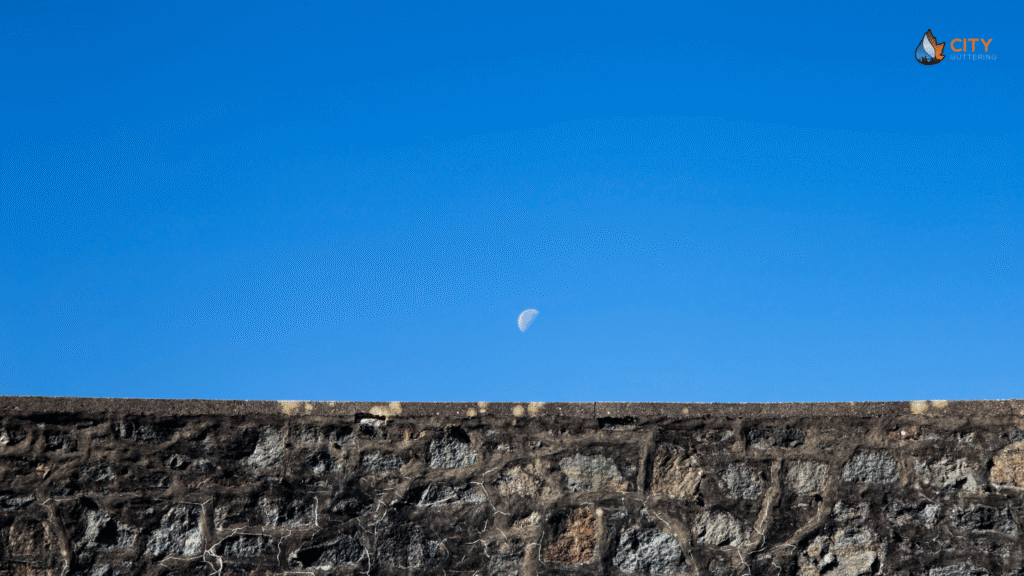
Materials Used in Parapet Walls
The choice of material for parapet walls depends on the building style, budget, and maintenance requirements.
- Brick – Common in London and Surrey’s older properties. Durable but prone to weathering and cracks over time.
- Concrete – Strong and versatile, often used in modern construction.
- Stone – Found in heritage properties, providing long-lasting durability.
- Metal or Glass – Modern choices that offer a sleek finish but require careful installation and maintenance.
Each material has its pros and cons. For example, brick parapets are sturdy but may allow water seepage if not properly sealed, while concrete is low-maintenance but can develop cracks that let moisture in.
Parapet Walls and Guttering – How They Work Together
Parapet walls play a direct role in drainage. Water that hits the roof must be guided safely away, and parapets help achieve this by channelling water into scuppers or outlets that lead to gutter systems.
When gutters connected to parapet walls are clear, water flows away smoothly. However, if outlets become blocked by debris such as leaves or moss, water may pool on the roof or seep into cracks. This can cause damp patches inside the property and structural damage over time.
For London homeowners dealing with frequent rain and changing weather conditions, regular maintenance of both parapet walls and gutters is essential to keep the property safe.
Common Problems with Parapet Walls
Parapet walls can face several issues, especially in climates like the UK’s where damp and frost are common. Problems include:
- Cracks and Seepage – Small cracks may allow water to seep through, leading to interior damp.
- Loose Masonry – Bricks or stone may loosen due to weathering, posing safety risks.
- Dampness – Moisture can travel through porous materials, damaging internal walls.
- Blocked Outlets – When scuppers or gutters are clogged, water may back up against the parapet wall.
- Moss and Vegetation Growth – Adds extra weight and traps moisture, worsening damage.
Ignoring these issues can lead to expensive repairs. Often, problems with parapet walls are closely linked to poorly maintained guttering systems.
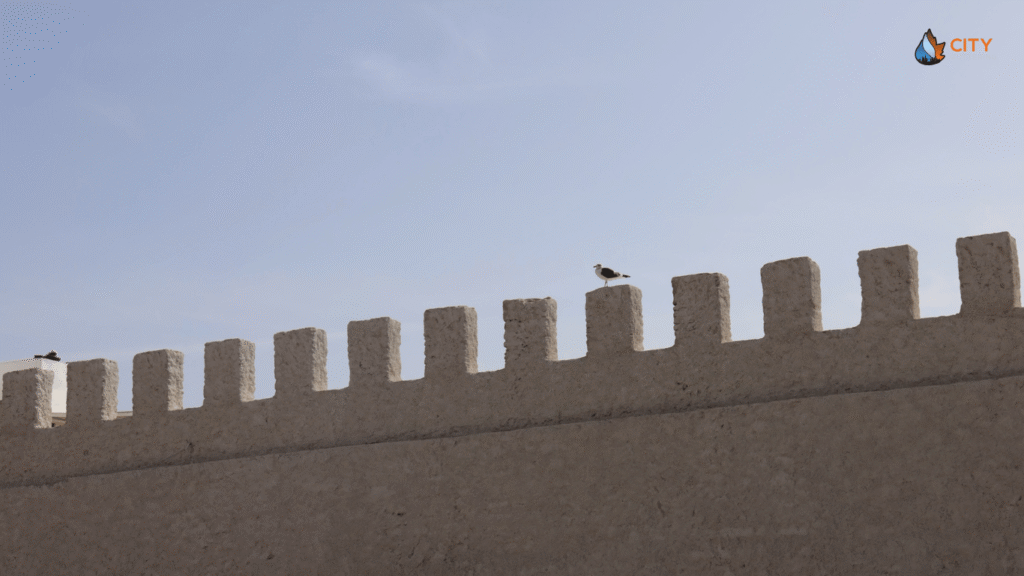
Maintenance Tips for Parapet Walls
Maintaining parapet walls doesn’t have to be difficult. With regular attention, property owners can avoid costly problems.
- Inspect Regularly – Look for cracks, loose masonry, or signs of water stains.
- Clean the Area – Remove moss, dirt, or vegetation from the parapet surface.
- Check Waterproofing – Ensure that flashing and coatings are intact to prevent seepage.
- Keep Gutters Clear – Regular gutter cleaning prevents water from pooling near parapets.
- Professional Repairs – Call specialists when cracks widen or when dampness appears indoors.
By combining parapet care with professional gutter maintenance, homeowners can protect both the structure and appearance of their property.
Why Parapet Walls Matter for London & Surrey Homes
In London and Surrey, parapet walls are a common sight due to the region’s mix of Victorian, Edwardian, and modern properties. Many of these walls are over a century old, which makes regular inspection even more important.
The local climate also plays a role. Heavy rainfall and damp winters mean that parapet walls are constantly exposed to moisture. Without proper maintenance, this can lead to water ingress, cracked brickwork, and gutter blockages.
This is where specialists like City Guttering London come in. Our team regularly inspects parapet walls as part of gutter cleaning and repair services. By addressing both guttering and parapet concerns together, property owners can safeguard their homes against leaks and structural damage.
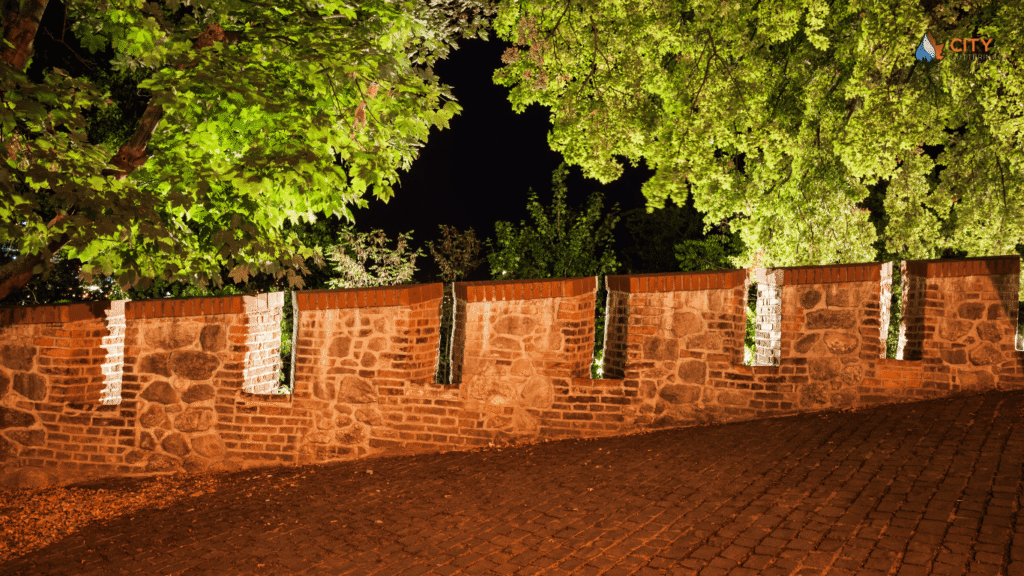
Conclusion
Parapet walls are more than just decorative features on a roofline. They serve as safety barriers, protect buildings from weather, and support effective drainage systems. However, they require regular care to stay in good condition, particularly in areas like London and Surrey where weather can take a toll on masonry and guttering.
If you notice cracks, damp patches, or guttering issues linked to your parapet wall, don’t wait for the problem to get worse. At City Guttering London, we provide expert gutter cleaning, repairs, and inspections to keep your property safe and dry. Contact us today for a free quote within 45 minutes and let our experienced team handle the rest.
